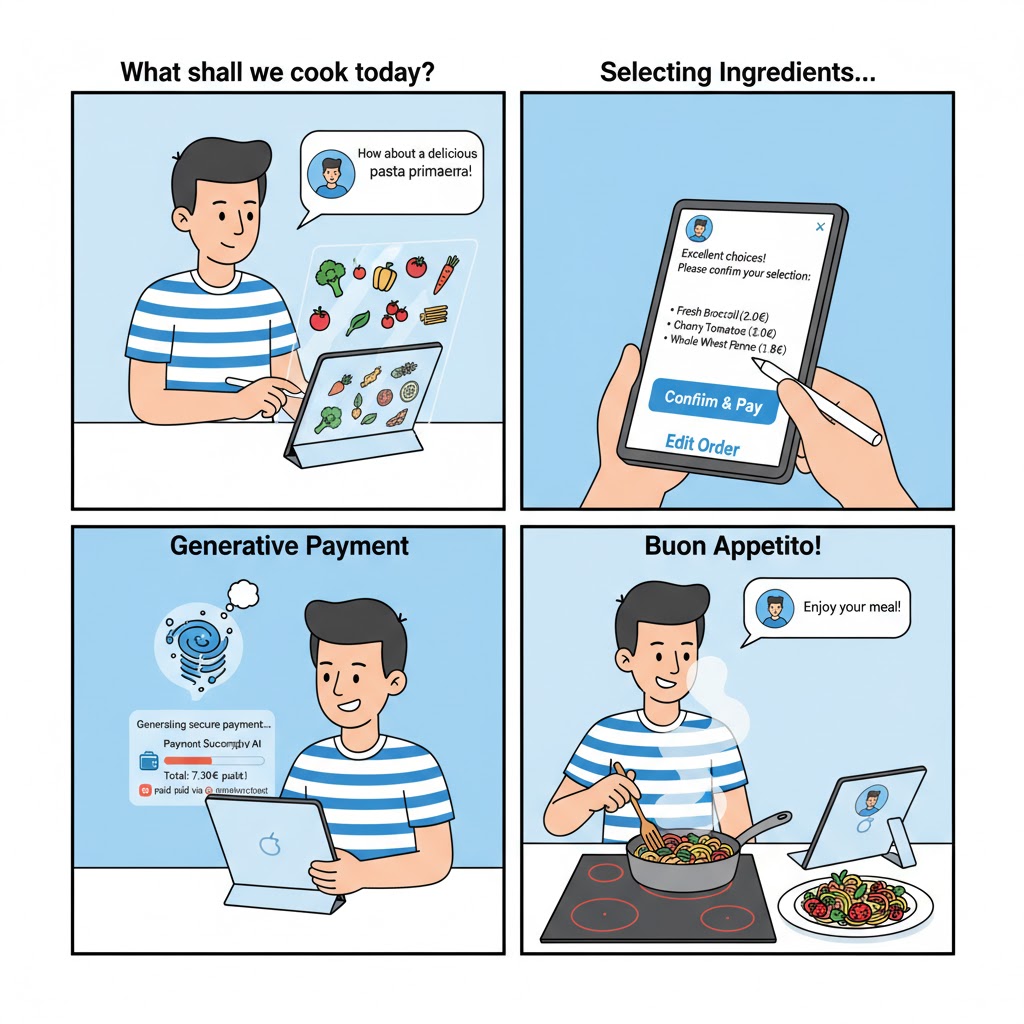The Rise of Agentic AI Payments
As Razorpay, NPCI and OpenAI announced a recent collaboration, Agentic AI payments have been thrust into the spotlight. These payments, to be enabled on ChatGPT in India, present a new leap in conversational commerce. Right now, ChatGPT is a platform that Indians have been using to find new and relevant products; with this collaboration, they will now be able to use AI agents to complete purchases. This bridges a conversational interface (ChatGPT) with real financial systems (UPI).
Let's unpack how Agentic AI payments work, the opportunities and challenges ahead, and whether this will truly be transformative.
What Are Agentic AI Payments?
This refers to the ability of a conversational AI (or “agent”), like ChatGPT, to execute a full end-to-end transaction on a user’s behalf when authorized. Today, the agent can just provide a link redirecting you to a product checkout page. In the future, the AI agent will become the “buyer”, and complete the transaction, without manual intervention.
For example, if you ask ChatGPT, “Help me order ingredients for butter chicken for four people from BlinkIt”, the AI agent will:
- Search BlinkIt's product catalogue,
- Display curated options, and
- Share a link to a checkout page, where you manually complete the payment.
With the ChatGPT-NPCI-RazorPay pilot, the third step will become an automatic payment to complete the order via Razorpay’s payments system, if you give explicit authorization to do so.
The pilot will allow you to track the order in real-time tracking and revoke it instantly, if you change your mind. It will not make unauthorized purchases in your name.
Integration with Existing Payment Systems
The pilot will operate at three levels as follows. Security, consent, and audit trails remain critical, because any integration must adhere to regulatory mandates such as know your customer (KYC), anti-fraud, and anti-money laundering.
| Leveraging UPI Infrastructure via NPCI | The pilot is being built on the Unified Payments Interface (UPI) framework, which is operated by the National Payments Corporation of India, currently processing around 2000 crore transactions per month. Razorpay’s stack will tap into UPI features including UPI Circle and UPI Reserve Pay to securely manage funds and enable AI-initiated transactions. |
| Merchant Stack & Razorpay Payment Gateway | On the merchant side, Razorpay’s payment gateway will bridge the AI agent (ChatGPT) and merchant apps (e.g. BigBasket, BlinkIt, Zepto etc) as the middleware. Razorpay will handle order validation, authentication, settlement, tracking, and cancellation. |
| End-User Control & Security | Although the AI agent will acts on behalf of you as the user, you will retain full control: seeing your transaction status in real time and revoking payments if needed. |
Opportunities & Use Cases
| Conversational commerce | Users will be able to shop through natural language across categories without explicit navigation. |
| Personalized automation | With permission, AI agents can learn preferences and autonomously restock essentials. |
| Merchant reach & engagement | Smaller merchants can benefit from exposure inside AI interfaces. |
| Cross-border and multi-platform scaling | The model, if it succeeds, will eventually extend beyond ChatGPT to other AI agents. It can also become a role model for other markets with compatible infrastructures, allowing international commerce. |
Challenges & Considerations
| Regulatory compliance: |
|
| Trust & transparency | Users must be able to trust AI agents to act in their interest; explainability is crucial. |
| Technical coordination | Seamless switching between conversational AI, merchant APIs, and payment networks will be complex. |
| Security risks | The AI layer adds yet another attack surface, alongside the catalogue layer (e,g, BlinkIt, Zepto etc), and the middleware layer (Razorpay, UPI). Thus rigorous security protocols will determine the success or failure of the pilot. |
Outlook
This pilot between Razorpay, NPCI and OpenAI marks the beginning of AI-native payments, as the boundaries between conversation and commerce blur. By leveraging existing payment methodologies like UPI and merchant gateways, the transition may be smoother.
Agentic AI payments are here to stay — reshaping how we think about shopping, money, and trust. Even if the current pilot does not succeed, some other mechanism eventually will. What will be the need of the hour is
- for all players to help society to adapt to the changes through financial awareness, and
- for legislatures and regulators to enact safeguards for user control, transactional security, and transparency guardrails.
Keywords: Agentic AI payments, AI-powered payments, Conversational commerce, Razorpay Agentic payments, UPI integration, NPCI OpenAI collaboration, ChatGPT payments, AI-driven transactions, Payment gateway AI, Intelligent checkout interfac








